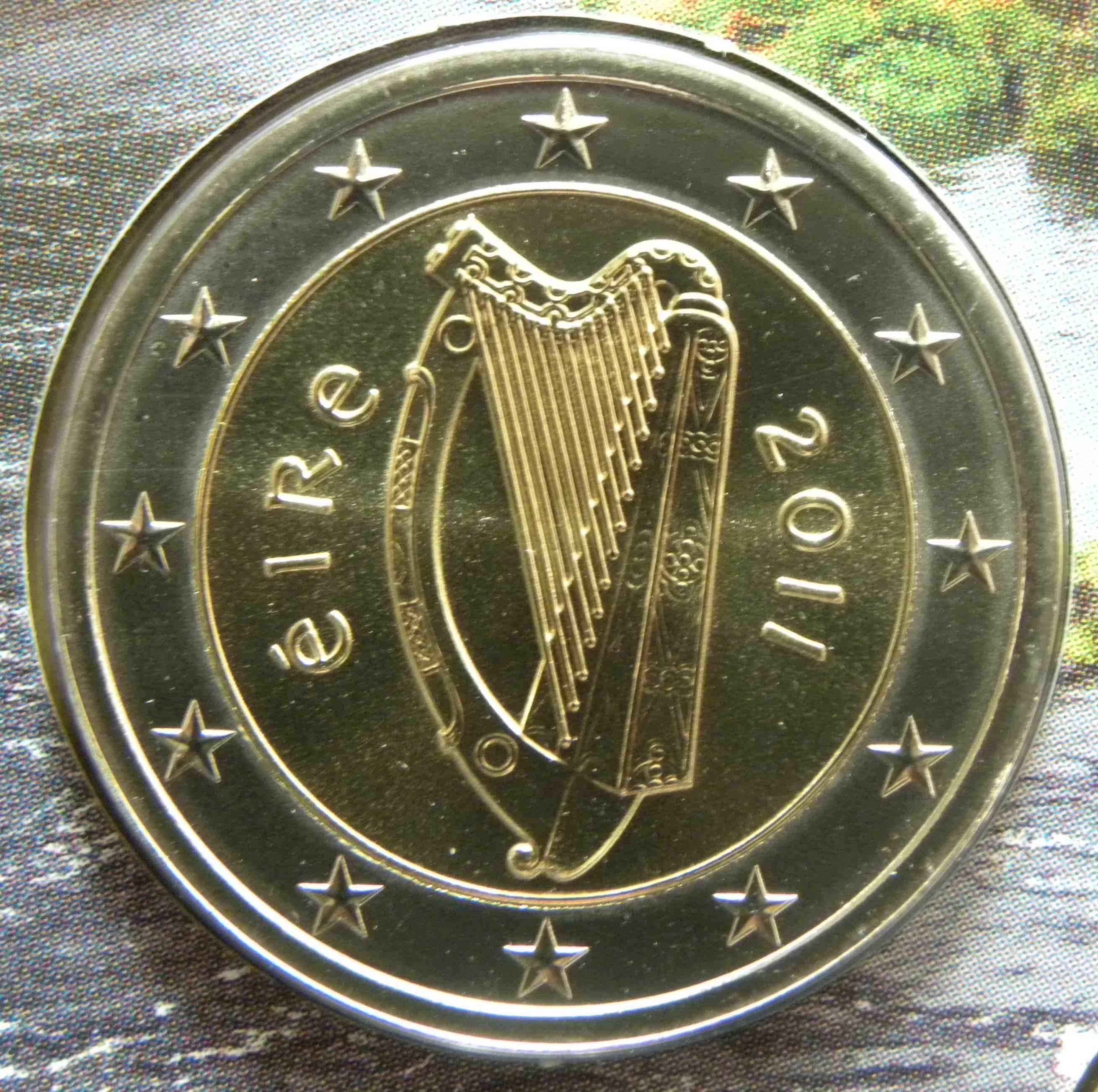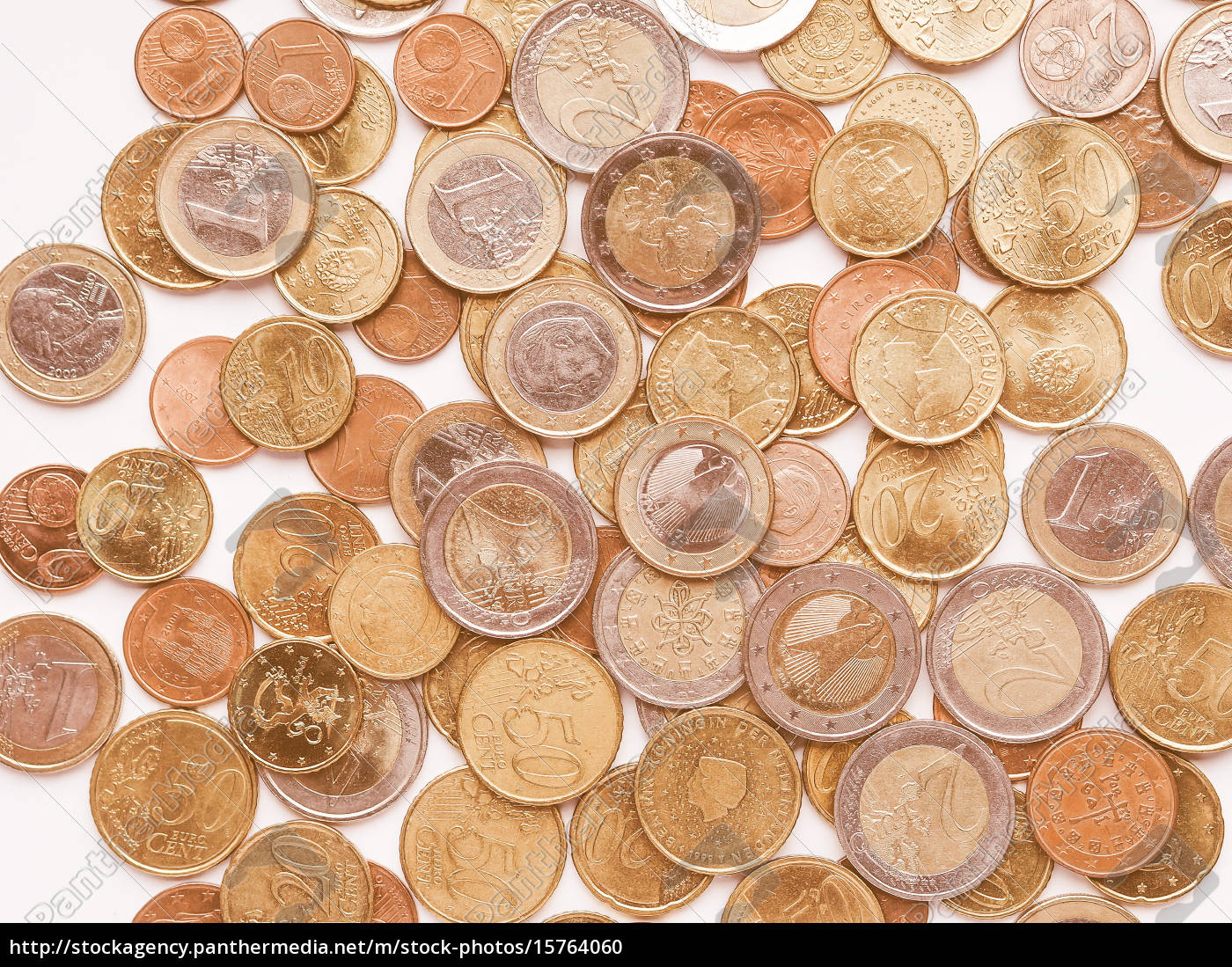Euro Coins

The eight Euro Coin denominations in circulation are: 1 cent, 2 cent, 5 cent - copper coloured 10 cent,20 cent, 50 cent - brass coloured 1 Euro - silver centre surrounded by a gold ring 2 Euro - gold centre surrounded by a silver ring. There are tens of thousands Euro coins scattered all over the US. Euro coins from your last vacation or your business trip to Europe. But they are difficult to sell because money exchange stores or even banks won´t accept Euro coins. They just accept Euro banknotes. So where to sell this Euro coins? ReDollar.com is the place you are looking for. You can sell all Euro coins you want: 1 Cent coins, 2 Cent coins, 5 Cent coins, 10 Cent coins, 20 Cent coins, 1 Euro coins and also 2 Euro coins. The Euro coins reflect that nations long history and culture. The Mouflon, a native wild sheep, is on the 1, 2 and 5 eurocents, an ancient sailing ship on their 10, 20 and 50 eurocent and the ancient Idol of Pomos, a prehistoric fertility sculpture dating from about 3000BC on their bimetallic 1 and 2 Euro coins.
Our currency rankings show that the most popular Euro exchange rate is the USD to EUR rate. The currency code for Euros is EUR, and the currency symbol is €. Below, you'll find Euro rates and a currency converter. You can also subscribe to our currency newsletters with daily rates and analysis, read the XE Currency Blog, or take EUR rates on the go with our XE Currency Apps and website. More info ►
Top EUR Exchange Rates
Currency Facts
Name: Euro
Symbol: € cent: cent
Minor Unit:
1/100 = cent
Central Bank Rate: 0.00
Top EUR Conversion:
USD/EUR
Top EUR Chart:
USD/EUR Chart
Inflation: 1.50%
Nicknames:Ege (Finnish), Pavo (Spanish), Yoyo (Irish English), Teuro (German)
Coins:
Freq Used: €1, €2, 5cent, 10cent, 20cent, 50cent
Rarely Used: 1cent, 2cent
Banknotes:
Freq Used: €5, €10, €20, €50, €100
Rarely Used: €200, €500
Central Bank:
European Central Bank
Website: http://www.ecb.eu
Euro Coins Denominations
Email us ►XE Currency Converter
Why are you interested in the EUR?
Euro History
The central bank in Europe is called the European Central Bank (ECB). Currently, 17 EU member states have adopted the Euro. It is the second-most traded currency on the forex market, after the US Dollar, and also a major global reserve currency. Other common names for the Euro include Yoyo (Irish English), Leru (Spanish), and Ege (Finnish).
Euro Coins Spain
Introduction of the Euro
On January 1, 1999, the Euro (EUR) was introduced as an account currency, replacing the European Currency Unit at par. The European Currency Unit was a theoretical basket of currencies rather than a physical currency in and of itself. Initially, eleven of the countries in the European Economic and Monetary Union replaced their own currencies with the Euro: Austria, Belgium, Finland, France, Germany, Ireland, Italy, Luxembourg, the Netherlands, Portugal, and Spain. Greece followed suit in 2001, Slovenia in 2007, Malta and Cyprus in 2008, Slovakia in 2009 and Latvia in 2014.
A number of sovereign states that are not part of the European Union have since adopted the Euro, including the Principality of Andorra, the Principality of Monaco, the Republic of San Marino, and the Vatican City. The Euro is also used in many territories, departments, and sovereign states of Euro-zone countries, such as the Azores, Balearic Islands, the Canary Islands, Europa Island, French Guiana, Guadeloupe, Juan de Nova, the Madeira Islands, Martinique, Mayotte, Reunion, Saint-Martin, Saint Pierre and Miquelon, to name just a few. The Euro is used as a trading currency in Cuba, North Korea, and Syria and several currencies are pegged to it.
| Currency | Peg Rate |
| Bosnia and Herzegovina Convertible Mark | 1.95583 |
| Bulgarian Lev | 1.95583 |
| Cape Verdean Escudo | 110.265 |
| Central African CFA Franc BEAC | 655.957 |
| CFA Franc | 655.957 |
| CFP Franc | 119.3317 |
| Comoran Franc | 491.9678 |
| Lithuanian Litas | 3.45280 |
Euro bank notes and coins began circulating in 2002 with old notes and coins gradually being withdrawn from circulation. The precise dates that each old currency ceased being legal tender and their official fixed rates are shown in the table below.
Euro Coins And Bills
Euro Coins Images

| Legacy(Old) Currency | Conversion from EUR | Obsolete |
| ATS Austria, Schilling | 1 EUR = 13.7603 ATS | 28-Feb-2002 |
| BEF Belgium, Franc | 1 EUR = 40.3399 BEF | 28-Feb-2002 |
| CYP Cyprus, Pound | 1 EUR = 0.58527 CYP | 31-Jan-2008 |
| DEM Germany, Deutsche Mark | 1 EUR = 1.95583 DEM | 28-Feb-2002 |
| EEK Estonia, Kroon | 1 EUR = 15.6466 EEK | 15-Jan-2011 |
| ESP Spain, Peseta | 1 EUR = 166.386 ESP | 28-Feb-2002 |
| FIM Finland, Markka | 1 EUR = 5.94573 FIM | 31-Jan-2008 |
| FRF France, Franc | 1 EUR = 6.55957 FRF | 17-Feb-2002 |
| GRD Greece, Drachma | 1 EUR = 340.750 GRD | 28-Feb-2002 |
| IEP Ireland, Pound | 1 EUR = 0.78756 IEP | 9-Feb-2002 |
| ITL Italy, Lira | 1 EUR = 1936.27 ITL | 28-Feb-2002 |
| LTL Lithuania, Litas | 1 EUR = 3.45280 LTL | 15-Jan-2015 |
| LUF Luxembourg, Franc | 1 EUR = 40.3399 LUF | 28-Feb-2002 |
| LVL Latvia, Lats | 1 EUR = 0.70280 LVL | 15-Jan-2014 |
| MTL Malta, Lira | 1 EUR = 0.42930 MTL | 31-Jan-2008 |
| NLG Netherlands, Guilder (Florin) | 1 EUR = 2.20371 NLG | 28-Jan-2008 |
| PTE Portugal, Escudo | 1 EUR = 200.482 PTE | 28-Feb-2002 |
| SIT Slovenia, Tolar | 1 EUR = 239.640 SIT | 14-Jan-2007 |
| SKK Slovakia, Koruna | 1 EUR = 30.1260 SKK | 17-Jan-2009 |
The XE Currency Converter supports the above obsolete currencies; to make a conversion, type the name of the currency in the search box. Some old currencies are still physically convertible at special locations. For details, refer to the official ECB site listed in the Relevant Links section below.
Spelling and Capitalization
The official spelling of the EUR currency unit is 'euro', with a lower case 'e'; however, the common industry practice is to spell it 'Euro', with a capital 'E'. Many languages have different official spellings for the Euro, which also may or may not coincide with general use. Additionally, there are various nicknames for the currency including, Ege (Finnish), Pavo (Spanish), and Euráče (Slovak).
Relevant Links
For more information on the EUR, we encourage you to visit the links below, particularly the European Central Bank. These sites include recent news on the Euro as well as issues like implementation, spelling, legislation, and more.
32 - 36 Harrowside, Blackpool, Lancashire, FY4 1RJ, England. Telephone (44) - (0) 1253 - 343081 Fax 408058 E-mail:[email protected] | |||||||||||||||||||||||||||||||||||||||||||



